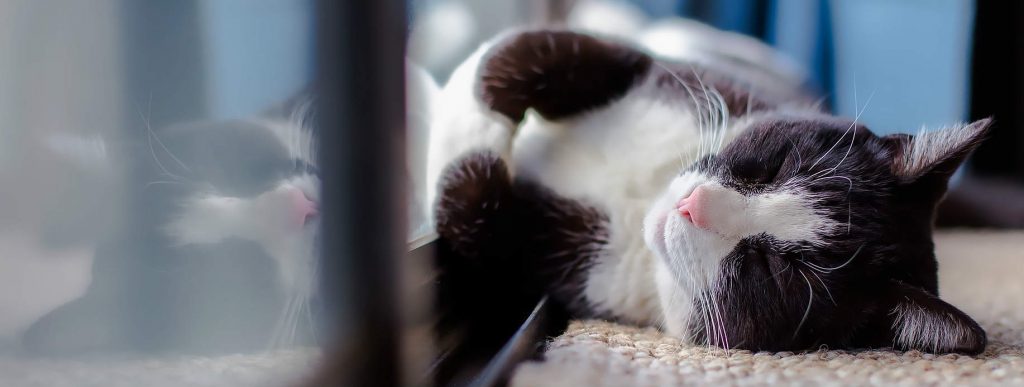Hi Nancy,
Thanks for your question.
There are a number of causes of an obstruction and they are idiopathic cystitis, bladder stones and infection. There are other health issues that look like a cat straining to pee, to leak small amounts of urine or actually just appear not to be able to pass urine properly and that can be things like nerve damage, bladder tumours, and constipation. Conversely, a cat that’s straining to pee is often mistaken for one who’s constipated so that’s something to bear in mind. Now, unless the catnip was causing a lot of stress, then it’s highly unlikely that it’s related to this blocked bladder. Catnip generally does the opposite; it tends to relax cats rather than stress them out.
As mentioned, the very first cause could be idiopathic cystitis and that really is stress related. So it’s generally not a bacterial infection, it’s generally caused by stress and that happens in stressful situations when there is also an underlying genetic susceptibility. Not every cat is going to develop a blocked bladder, but if there’s an underlying genetic susceptibility, then they’re definitely more at risk of developing this condition. Equally, a cat going through an idiopathic cystitis flare up is not necessarily going to become blocked. Certainly for female cats, they never really become blocked because the tubes are a lot wider, bigger and don’t narrow and have the same anatomy as in a male cat. Not every cat that develops an idiopathic cystitis situation will become obstructed but it’s a definite risk.
A urine culture is needed to rule out a bacterial infection, as it won’t always result in changes in the blood so that’s definitely something to consider. Blood tests can check for kidney levels and salt levels which can impact the treatment given and prognosis for recovery. Equally, urine crystals won’t always be present if there is a bladder stone present so to rule out a bladder stone completely, X-rays or an ultrasound may be required but the vast majority of cats don’t have these issues.
The last thing to mention is that after an episode has occurred, there is a reasonable risk of recurrence that needs to be managed and we can do that by reducing stress. We can increase water intake to have a flushing effect so rather than concentrated urine that sits there in the bladder and gets a lot of sludge built up, we get a more diluted urine and the bladder is actually flushed on a more regular basis. After a case of urinary obstruction or a blocked bladder, dietary modification is very important as well and so while wet food is great because it also increases water intake, there are specific diets that have been proven to really dramatically reduce the frequency of flare-ups of this idiopathic cystitis and also reduce their severity as well so further reducing the risk of an obstruction from forming. I hope this advice is helpful and as always please consult your veterinarian as the next step before moving forward.
Dr. Alex Avery
